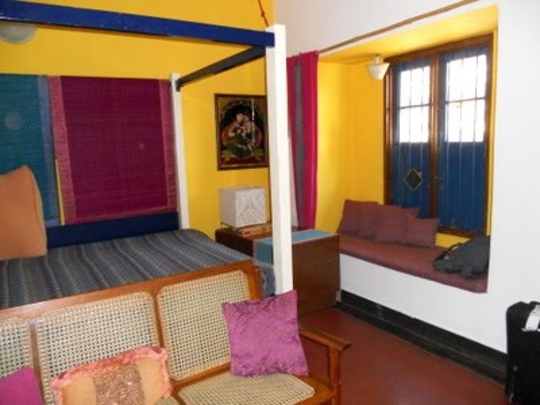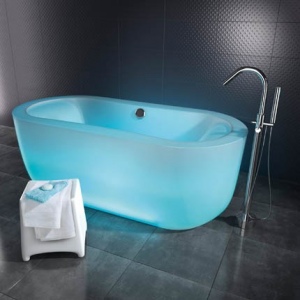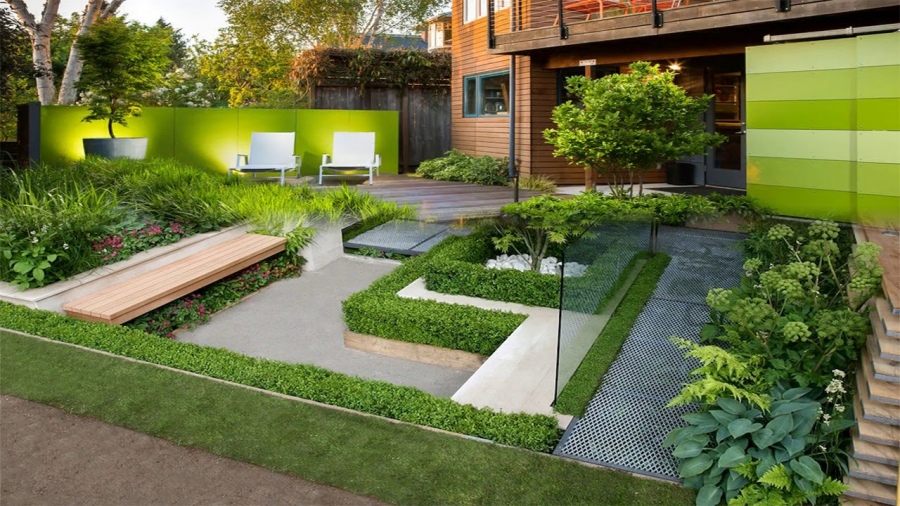It’s possible to live in beautiful and stylish home without having to compromise your eco-principles. All it takes is a little more consideration when it comes to choosing your materials. Alternatively, you could find yourself an interior designer with credible green credentials. If you’re going to go the DIY route, here are some things you should consider.
1) Make your windows earn their keep
Windows don’t just have to sit there, letting in sunlight (which is great for saving on electrical lighting, by the way) and the occasional breeze. These days, you can get windows that improve the energy efficiency of your home. According to Home Design Lover, the windows have a special coating that reflects heat (brilliant in summer) and provides extra insulation (invaluable in winter). This means that you rely less on your energy-heavy air conditioners and heaters.
2) Green walls
This doesn’t mean you literally have to make your walls green; instead you can use eco-friendly wall coverings, of which there are many. For example, ditch the vinyl, VOC-rich traditional wallpaper and look for actual paper wallpaper which is decorated with water-based inks. Some paper wallpaper is made from recycled paper, while others come from sustainable man-made forests. You can even try rice paper wallpaper (Mother Earth Living).
If you don’t fancy wallpaper, you can always use sustainable natural materials, like reclaimed wood, bamboo, cork and even tiles.
3) Guilt-free counters
A SlideShare presentation by Amanda Saylor says eco-friendly countertops come in three varieties: recycled glass, paper and plastic, all of which fill the eco-motto of reduce, reuse and recycle. Joe McFerrin (Eco-Friendly Interior Design) recommends countertops made from bamboo and reclaimed wood.
4) Salvage, salvage, salvage
This is a great way to save money and reduce, reuse and recycle. Go on scavenger hunts and salvage old, discarded items that you can spruce up to suit your home’s décor. Pawn shops, flea markets, car boot sales, garage sales and classified ads listing second-hand furniture for sale usually provide great bargains.
You could, for example, take an old door and turn it into a coffee table. You could take an old lamp and turn it into a vase. A scruffy old chair might just need to be reupholstered (with sustainable materials) to turn it into the most comfortable seat in your house.
5) Lighting and appliances
Energy efficient lights and appliances are common and provide an easy way to make your home more eco-friendly. Look for appliances that have been rated by an accredited agency – Energy Star ratings are internationally accepted.
Choosing eco-friendly
Saylor provides a number of criteria that design materials should meet to be considered properly eco-friendly, including:
- They should be produced by a manufacturer that has a clear environmental and sustainable policy.
- A portion of the product should be made from recycled or reclaimed material.
- Location – locally sourced and produced products are better than those that have to be transported.
- They should be quickly and easily biodegradable (while still being durable).
A little research goes a long way when it comes to eco interior design. It’s not difficult to ensure that your house makes as little impact on the environment as possible, while still making an aesthetic statement – and adding to the value of your home.
Featured images:
- License: Creative Commons image source
Written by Sandy Cosser on behalf of Ooba, a home financial services provider that offers home loan calculators and preapproved home loans.





